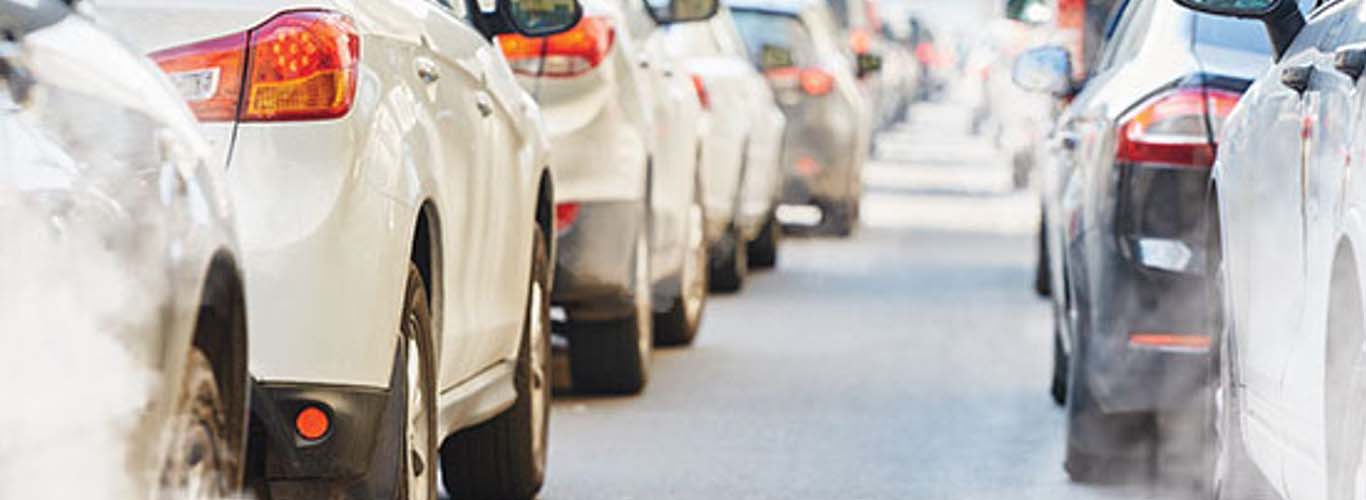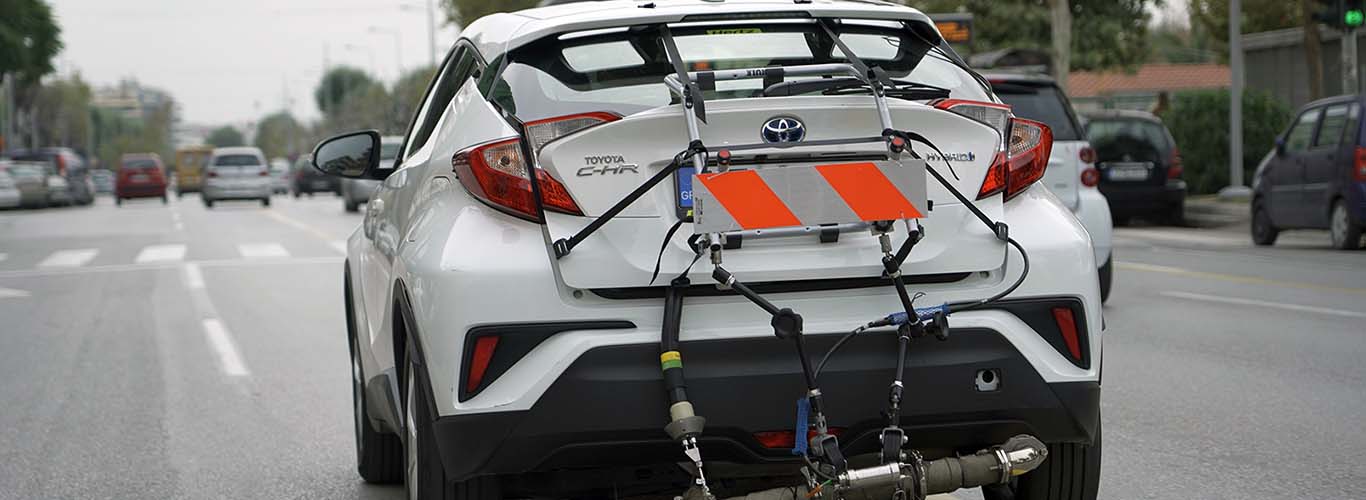What Are the Euro 6 Emissions Standards?
The Euro 6 emissions standards were introduced in the European Union in 2014 to reduce harmful emissions from vehicles and improve air quality in Europe. The standards are mandatory for all new cars sold in the EU and are enforced through regular emissions tests. The Euro 6 standards were built on the previous Euro 5 standards and provide even stricter limits on emissions of pollutants, including nitrogen oxides (NOx), particulate matter (PM), and carbon monoxide (CO).
What are NOx Emissions?
NOx emissions are a significant contributor to air pollution and negatively impact human health, particularly those with respiratory problems. The Euro 6 standards set limits for NOx emissions from diesel and petrol vehicles, with the limit for diesel vehicles being reduced by approximately 67% compared to the previous Euro 5 standards.
What is Particulate Matter?
Particulate matter (PM) is another pollutant targeted by the Euro 6 standards. PM emissions from vehicles can contain various harmful substances, including heavy metals, polycyclic aromatic hydrocarbons (PAHs), and diesel particulate matter (DPM). They can have negative impacts on air quality and human health. The Euro 6 standards set strict limits on PM emissions from vehicles, which helps to reduce their impact on air quality and human health.
What are CO Emissions?
Carbon monoxide (CO) is a toxic gas that can cause headaches, dizziness, and nausea in humans. It is also a significant contributor to air pollution and climate change. The Euro 6 standards set strict limits on CO emissions from vehicles, which helps to reduce their impact on air quality and human health.

Which Type of Vehicles Does the Euro 6 Apply to?
The Euro 6 standards apply to both light-duty vehicles (cars and vans) and heavy-duty vehicles (trucks and buses), ensuring that all types of cars sold in the EU meet the same high standards for emissions. The enforcement of the Euro 6 standards through regular emissions tests is crucial for ensuring that all new vehicles sold in the EU meet the strict limits set by the standards. Cars that do not meet the criteria cannot be sold or registered in the EU.
Are There Any Incentives for Manufacturers?
In addition to the enforcement of the Euro 6 standards, there are also incentives for vehicle manufacturers to produce vehicles that exceed the standards. For example, some governments offer tax breaks or other incentives to cars that emit lower levels of pollutants. This helps to encourage vehicle manufacturers to produce vehicles that are not only compliant with the Euro 6 standards but also exceed them, which helps to improve air quality further and reduce the impact of vehicle emissions on human health.
Has There Been Any Benefit of the Euro 6 Emissions Standards?
The introduction of the Euro 6 emissions standards has positively impacted air quality in Europe. By setting strict limits on vehicle emissions, the standards have helped to reduce the levels of harmful pollutants in the air, improving air quality and reducing the impact of vehicle emissions on human health. The enforcement of the standards through regular emissions tests has also helped to ensure that all new vehicles sold in the EU meet the same high standards for emissions, which has further improved air quality.
Which Regions Are the Euro 6 Standards Applicable to?
However, it is essential to note that the Euro 6 standards are only applicable in the EU and that air quality and the impact of vehicle emissions can still be a problem in other parts of the world. To truly address the issue of air pollution and the impact of vehicle emissions on human health, emissions standards must be implemented globally.
How Are Cars Tested for Emissions?
New cars in the UK are tested for emissions using the New European Driving Cycle (NEDC) and the World Harmonized Light Vehicles Test Procedure (WLTP). The NEDC was the standard test used to measure emissions and fuel efficiency in European vehicles until September 2018, when the more stringent WLTP replaced it.
The WLTP tests cars under more realistic driving conditions and provides a more accurate assessment of emissions and fuel efficiency. The test cycle includes a range of driving scenarios, including urban, suburban, and motorway driving, and takes into account factors such as vehicle weight, engine size, and aerodynamics. It also includes a test known as RDE (real-world driving emissions) and helps to ensure that cars meet limits in a broad range of conditions. The results of the WLTP test are then used to calculate the car’s official CO2 emissions figure, which is used to determine the level of Vehicle Excise Duty (VED) the car will attract and to set CO2-based targets for manufacturers. It’s worth noting that real-world vehicle emissions can differ from laboratory test results. Some automakers have been found to use defeat devices that manipulate emissions during tests. The UK government has introduced new legislation to prevent this and ensure that cars are tested under more realistic driving conditions, with on-road emissions testing also being carried out.

What is RDE Testing?
RDE stands for “Real Driving Emissions” testing, a type of emission testing used to measure the level of pollutants released by vehicles. At the same time, they are being driven on the road rather than in a laboratory setting. The RDE test is designed to simulate real-world driving conditions and assess the emissions performance of vehicles under more representative driving conditions than traditional laboratory tests. This is intended to provide a more accurate representation of car emissions and addresses concerns about the gap between emissions from vehicles in laboratory tests and emissions in real-world use. RDE testing is now mandatory for all new cars sold in the European Union as part of the type-approval process for vehicles.
What Are the Benefits of a Euro 6 Car?
Euro 6 is a set of standards for emissions of air pollutants from passenger-carrying cars and light commercial vehicles in the European Union. Vehicles that meet the Euro 6 standards emit lower levels of pollutants such as nitrogen oxides (NOx), particulate matter (PM), and carbon monoxide (CO) compared to earlier standards. The benefits of driving a Euro 6-compliant cars are:
- Cleaner Air: Euro 6 vehicles emit fewer air pollutants, which contributes to improved air quality and reduces the negative impact of road transport on public health.
- Better Fuel Efficiency: Vehicles that meet the Euro 6 standards are designed to be more fuel-efficient, which results in lower fuel consumption and reduced greenhouse gas emissions.
- Improved Performance: Euro 6 engines are designed to deliver better driving performance with improved power and torque.
- Increased Resale Value: Cars that meet the Euro 6 standards are often more desirable to buyers and have a higher resale value.
- Compliance with Regulations: Driving a Euro 6-compliant car ensures that you meet the legal requirements for emissions, which can help avoid fines or penalties.
Driving a Euro 6-compliant car offers a range of benefits, including improved air quality, fuel efficiency, driving performance, resale value, and compliance with regulations. The Euro 6 emissions standards are a crucial tool for improving air quality and reducing the impact of vehicle emissions on human health in the European Union. The strict limits set by the standards, along with the enforcement of the standards through regular emissions tests, have helped to reduce emissions of harmful pollutants and improve air quality. The incentives for vehicle manufacturers to produce vehicles that exceed the standards have also helped to enhance the quality of air further and reduce the impact of vehicle emissions.










